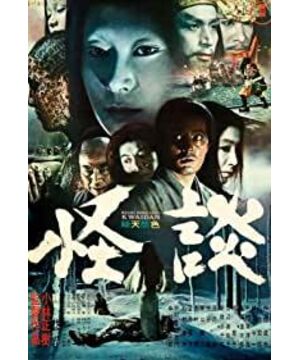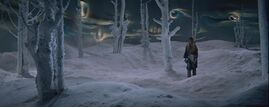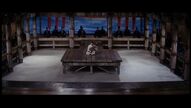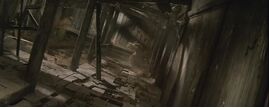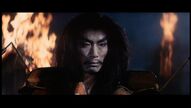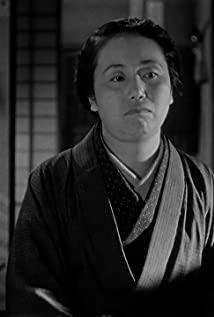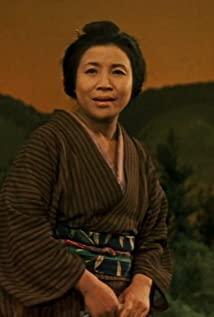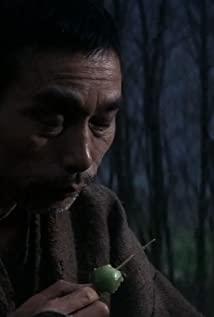Strange stories are called "strange" novels in China. They mainly record strange stories, gods and ghosts. They rose from the Wei and Jin Dynasties and reached their peak in the Tang Dynasty. Famous works include "Sou Shen Ji", "Youyang Zazu", "Taiping Guang Ji", "Guang Yi Ji", "Supplementary Notes" and so on.
During the Tang Dynasty, Japan dispatched a large number of "envoys from the Tang Dynasty" to study in the Tang Dynasty. The legendary culture of ghosts and ghosts in the Tang Dynasty was combined with Japanese legends and the combination of Japanese students returning to China at that time.
Koizumi Yakumo himself is not Japanese, he was born in Greece, raised in England and France, and is of Irish descent. Even the name of Koizumi Yakumo was changed later, from his wife's surname to Yakumo.
In Japan's modern weird talk world, Koizumi Yakumo is regarded as the "originator" level pioneer. His "Fantastic Story. Wei Tan" has been published many times, and those who like it call it the most bizarre and mysterious weird talk work.
But if you are a generation who grew up with the influence of oriental myths and monsters, then his novels will not surprise you. During the reading process, you will find a lot of "acquaintances", such as "Nanke Yimeng", "Faceless Ghost" and so on.
On the contrary, the film "Strange Talk", which was adapted from Koizumi Yakumo's novel, is a masterpiece in the film history with far-reaching influence.
The film "Strange Talk" was directed by Japanese film master Kobayashi Masaki and was filmed in 1964. The movie selected four stories from the novel, "Wives of Samurai", "In the Tea Bowl", "Snow Girl" and "Fang Yi Wu Er". The first two were renamed "Black Hair" and "In the Bowl", and the latter two Still the original name.
"Black Hair" tells the story of a samurai who abandoned his wife in pursuit of a successful career and married a famous daughter. Because his newly married wife was arrogant and cruel, and his marriage life was unhappy, he thought of his gentle and virtuous first wife. Years later, the samurai who had their term expired returned to their homeland, returning home one night. There are broken walls and weeds all over the place, and in the dilapidated place, there is still a room with warm lights. The samurai pushed open the door and entered. The face of his wife who was spinning and weaving remained unchanged. The two poured out their hearts and relived their dream...
Kobayashi Masaki uses magnificent colors and light and shadow to create a strange and terrifying atmosphere unique to the genre of bizarre stories, which makes the viewers hang their hearts in every picture. He doesn't irritate the audience with gory and scary makeup, but achieves the best results.
Compared with "Wives of Samurai" in the original book, the story of the movie "Black Hair" is obviously a "comedy" ending, but it is not a comedy of happy reunion, but a "comedy" in which the scumbags that the public loves and hears will finally get their retribution. In the climactic scene at the end, he even hid the soundtrack. The terrified and panicked man in the picture was struggling in silence. Every minute and every second conveyed a terrifying yet pleasant feeling. .
The second story in the movie "Snow Girl", except for the "Snow Girl", a native Japanese monster, the plot is not much different from the version of the domestic fox fairy.
The handsome woodcutter and his companions encountered a blizzard on their way back from cutting firewood and had to take shelter in a log cabin in the woods. At night, Snow Maiden appeared, killed her companion but spared the woodcutter, but only asked him not to tell what he had seen, otherwise he would be killed.
The woodcutter who survived the catastrophe returned home and became seriously ill. After recovering from his illness, he returned home after cutting firewood and met a beautiful girl. After that, he got married and had children. One night in ten years, the wife who sewed clothes under the lamp reminded the woodcutter of the weird but beautiful witch...
In this story, the director used two main colors of the scene to distinguish the two identities of the snow girl. Yao Shi is a kind of cold and mysterious, the big eye in the sky impressed many people, and the snow girl's eyes and strange posture made people feel cold. When a beauty is a warm red, there is even a gorgeous "red lip" in the sky when they first meet or fall in love.
"Fang without Ears" is the third story. It takes about 15 minutes at the beginning to show the tragic, desolate and desperate naval battle with murals, live performances and piano sounds.
The blind musician was invited to play by the ghosts of this war because he was good at playing and singing this past. In terms of plot arrangement, the director did not fully show the "ghost feast" until the violinist was taken away by the ghost for the third time.
What the pianist who thought he was playing for the monarch couldn't see was that when he sang about the past, there were ghosts standing around him, and corpses lay on the ground...
Compared with the previous three stories, "Bowl" is the shortest and smaller. The director sets a "foreshadowing" at the beginning of the story, telling you that this is a story with no ending, and explaining several possibilities for why there is no ending.
When an official was preparing to drink water, he found that a handsome man's face suddenly appeared in the bowl, and the sneer at the corner of his lips was unprovoked and strange. He even changed a few bowls, and in the end, he drank the water in the bowl. The next night, the man who appeared in his bowl appeared in front of him...
If you think that this story will really have "no ending" as the director said, you are wrong. The novel does have an unknown ending, while the movie In , the director used one of the ways he explained to demonstrate why the story has no ending.
All I can say is that the director is too "bad"! This ending is really unexpected, the horror level makes people cry!
There are very few real locations used in the movie "Strange Talk", and most of them are for transitional purposes. The director's laying and construction of the picture, the use of light and shadow, and the construction of the atmosphere are all heart-wrenching. There is no transitional rendering in the soundtrack, but a single note sets off the story even better. I don't feel much about Koizumi Yakumo's novel, but the movie really surprised me! If the filmmakers who shoot domestic horror films today can learn the taste of Kobayashi Masaki, domestic horror films will never become a joke.
View more about Kwaidan reviews


